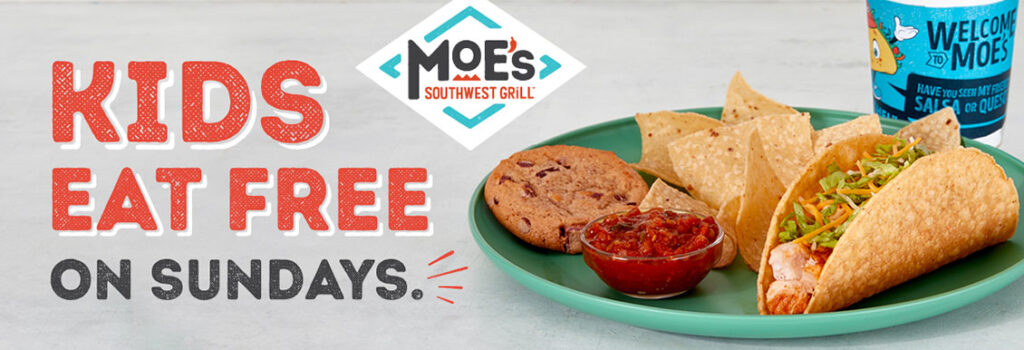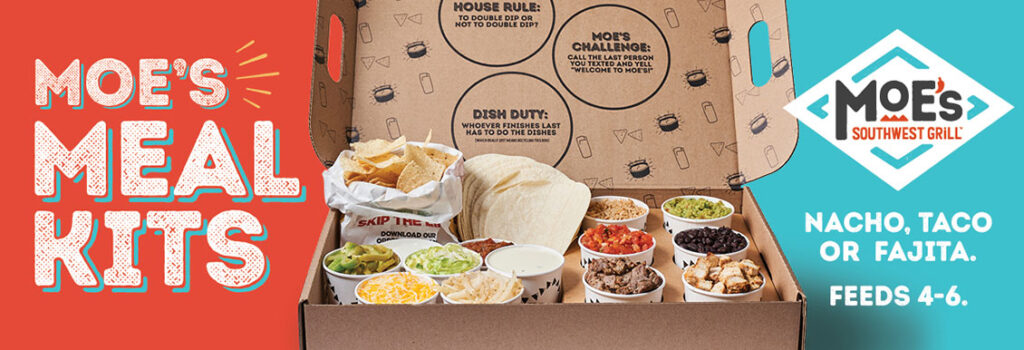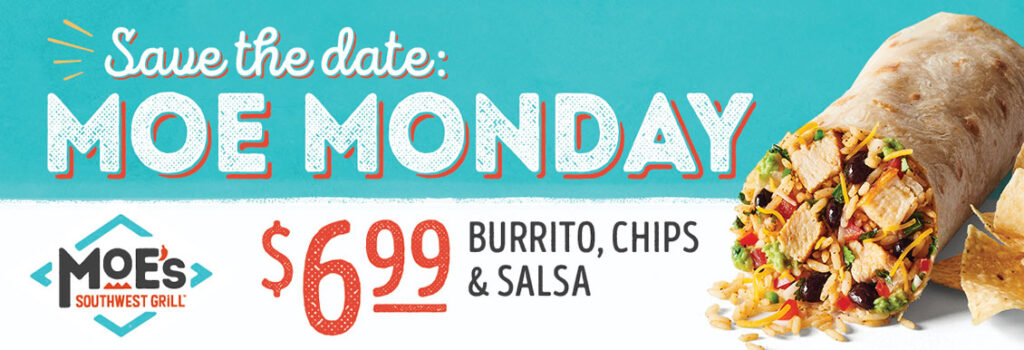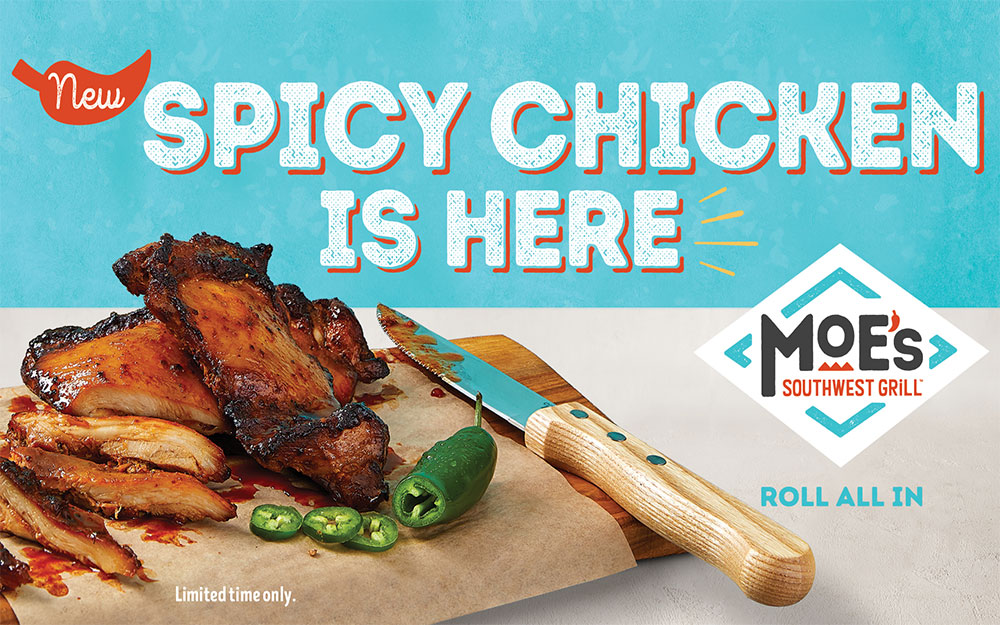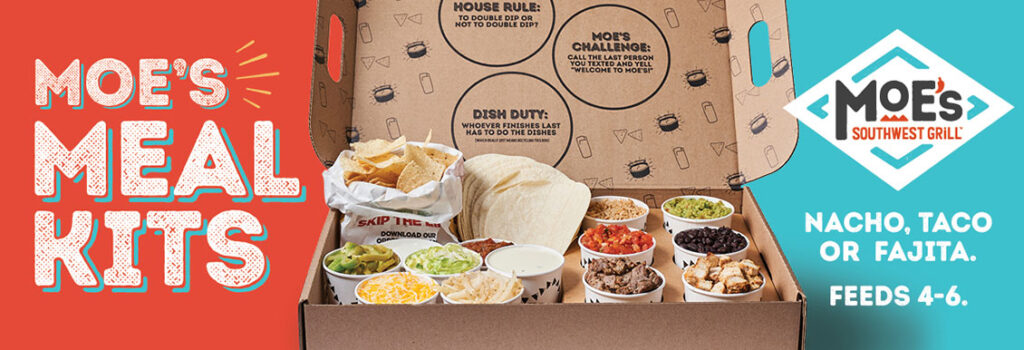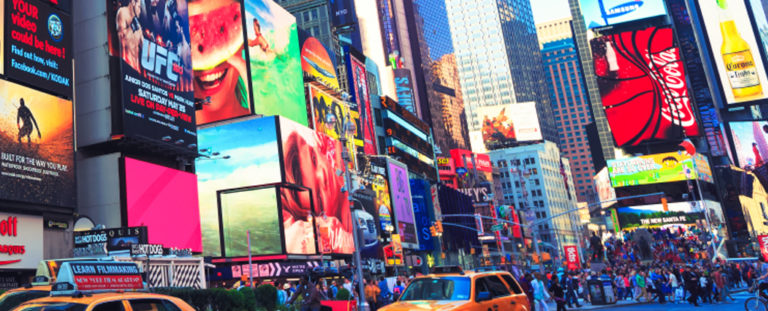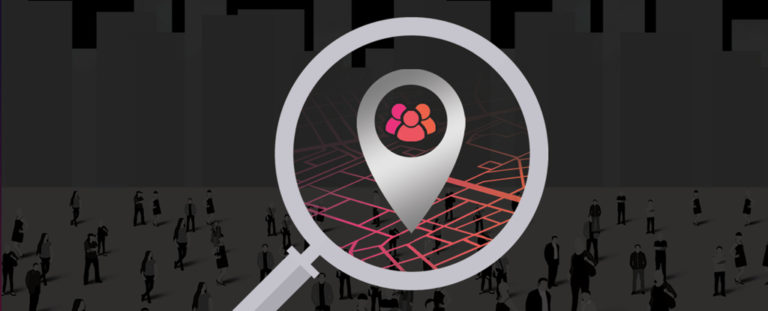DOOH Proof for QSR
Published: May 16, 2023
In 2022, there was a promising outlook for the quick-serve restaurant (QSR) industry, as most reported an increase in sales, leading to plans for expansion. However, the industry's momentum has been hampered by recent inflation, labor shortages, and supply chain disruptions, creating uncertainty for QSR operators. They are now faced with the challenge of balancing rising costs with meeting consumer demands. Additionally, as prices have jumped 90%, diners have become more cautious with their spending and are limiting their indulgences to special occasions.
QSR needs to find a way to manage these unprecedented issues while staying ahead of the competition and boosting sales. Recent studies show food service brands are considering the latest innovations and devising strategies to seamlessly integrate them into an omnichannel ecosystem, which could include leveraging digital out-of-home (DOOH) advertising screens to reach restaurant goers in high-traffic locations with flexibility, transparency, and ease!
Want some proof that DOOH is the real MVP for QSRs? Let's dive into some case studies and see how these companies unleashed the power of DOOH to create a recipe for success.
TIME IT RIGHT
Dayparting is the secret ingredient for QSRs to spice up their DOOH campaign! By serving ads at relevant times of the day, QSRs can increase sales, boost engagement and meet business goals in a piece of cake.
For example, Joe’s Pizza, a Las Vegas local pizza joint, utilized DOOH to drive traffic to their restaurant while operating on a limited budget. With the help of Adomni, they crafted a strategic DOOH campaign that took advantage of dayparting to effectively target hungry travelers during peak meal times. By running ads close to the restaurant and strategically advertising them during lunch hours (12pm – 2pm) and on their way home for dinner (5pm – 7pm), Joe’s Pizza was able to substantially increase foot traffic and increase revenue by 20%.
CREATIVITY IS KEY
The beauty of DOOH is its unmissable screens and dynamic capabilities, making it an effective way to capture audiences’ attention. As a result, the creative aspect of DOOH is crucial since whatever you put on the screen is likely to be noticed. In fact, 90% of consumers have noticed an OOH, according to an OAAA report. And of those that viewed the OOH ad, 43% visited the store, business, or restaurant within 30 minutes of seeing the ad.
Moe’s Southwest Grill wanted to direct Atlantan residents to its 70+ locations. The power of Adomni’s DOOH platform helped this fast-casual chain to utilize a variety of venue types to connect with on-the-go audiences within a three-mile radius of each location. Moe’s was able to quickly activate new creative on specific days and push messaging that would entice customers. With the power of programmatic DOOH, Moe's created a contextual and relevant campaign, engaging Atlanta's attention every day of the week! The campaign was a huge success, delivering over 1.1 million incremental impressions!
A leading Canadian QSR restaurant recognized the potential of DOOH during the COVID-19 pandemic. With indoor dining limited due to health concerns, the restaurant needed to find new ways to attract customers. They turned to DOOH to promote their new rewards program and highlight the convenience of using their mobile app to safely order and pick up food. By leveraging DOOH, the restaurant was able to effectively reach customers, resulting in a +111% lift in store visitation for the restaurant.
LEVERAGE SOCIAL MEDIA
To take their advertising game up a notch, QSR brands can blend DOOH and social media campaigns.By using branded hashtags or contests, QSRs can incentivize user participation and feature their live response on massive DOOH screens! This strategy not only enhances brand awareness but also amplifies reach to a wider audience, making the ads more memorable and effective!
Take it from Wendy’s! To promote its breakfast menu and throw some shade at the competition, Wendy's cleverly used social media to create buzz. The fast food giant took to Twitter and asked its followers to use the hashtag #WendysBreakfastBattle to share witty comments and comparisons. By tapping into the power of user-generated content, Wendy's successfully boosted awareness of its breakfast menu and created a fun and unforgettable omnichannel campaign.
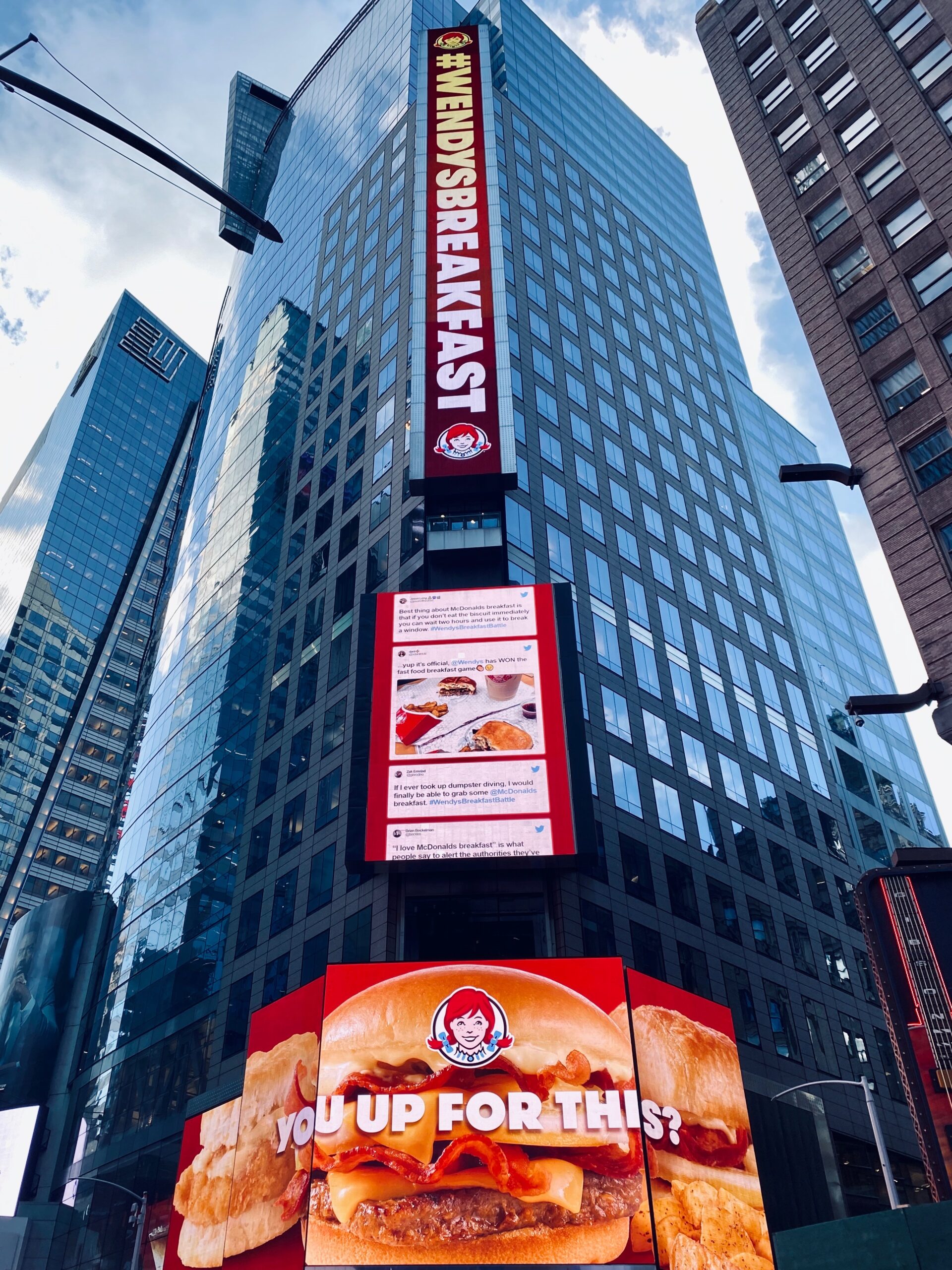
Who says the QSR industry can't have their cake and eat it too? With DOOH advertising screens, restaurants can boost brand awareness and drive sales, all while staying ahead of the competition! By adding a pinch of creativity and strategy, QSRs can cook up campaigns that target hungry customers during peak hours and even take advantage of social media to spice up their advertising game. Are you ready to utilize the ad industry’s special ingredient, DOOH? Contact us at concierge@adomni.com.
Written By: Julia Cramer
To get the latest updates on out of home advertising, digital marketing and technology, follow us on:
Or sign up for our newsletter.
